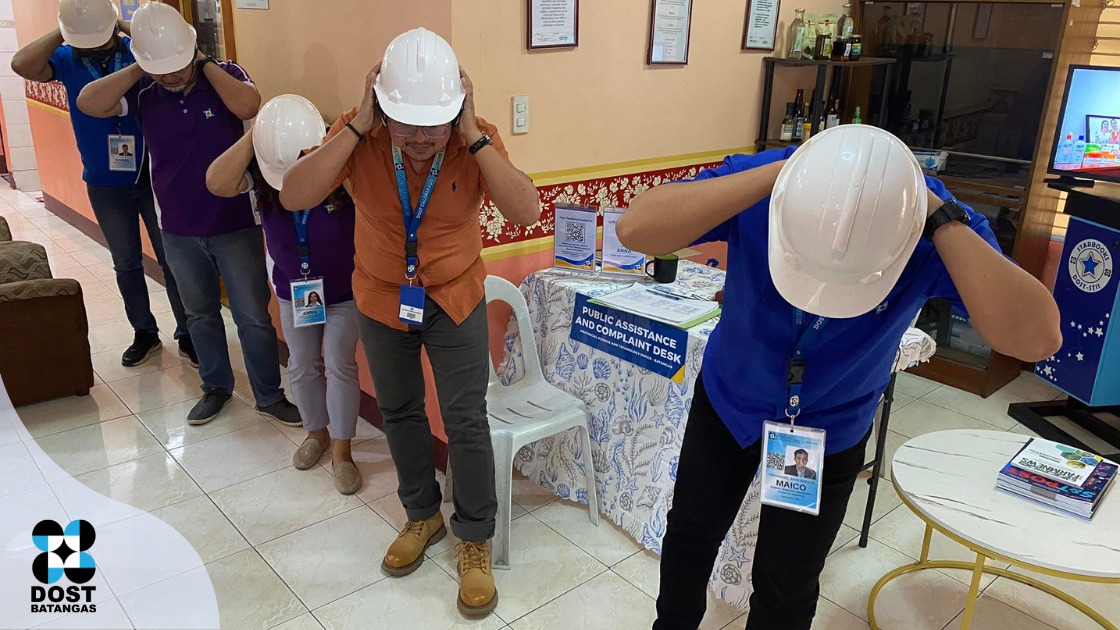
THE Department of the Interior and Local Government (DILG) urges all Local Chief Executives (LCEs) to strictly enforce critical earthquake and tsunami preparedness measures following the recent strong earthquakes that struck northern Cebu and eastern Mindanao.
Underscoring proactive leadership and community readiness, the DILG stressed that local government units (LGUs) must act urgently and consistently to protect lives and infrastructure. Emergency protocols, evacuation plans, and response systems must be fully operational, regularly updated, and clearly communicated to the public.
Based on the recommendations of the Department of Science and Technology–Philippine Institute of Volcanology and Seismology (DOST–PHIVOLCS), the DILG reiterates that residents in coastal areas must remain alert to natural tsunami warning signs such as strong ground shaking, sudden sea level changes, or an unusual ocean roar, and immediately evacuate to higher ground without waiting for official advisories.
LGUs must implement minimum critical actions outlined in the L!STONG Pamayanan Tsunami Toolkit. For distant tsunamis, preemptive evacuation in coastal and low-lying areas must be conducted. For local tsunamis, immediate forced evacuation must be enforced. In both cases, evacuees must stay in designated centers until the tsunami warning is lifted.
For earthquake preparedness, the DILG reminds communities to expect aftershocks and to practice the “Drop, Cover, and Hold” protocol. LGUs must deploy engineering teams to inspect critical infrastructure and prohibit the reoccupation of damaged structures unless declared safe.
The public is also reminded to refrain from spreading unverified information and to rely solely on official updates from DOST–PHIVOLCS, the National Disaster Risk Reduction and Management Council (NDRRMC), and local DRRM offices.
LGUs are directed to update disaster plans, activate Emergency Operations Centers and Incident Management Teams, and ensure the readiness of evacuation centers. Structural assessments of public and private buildings must be prioritized, especially in quake-affected areas.
In line with Operation L!STO protocols, LGUs must conduct community education activities, house-to-house information campaigns, and regular preparedness drills. Accurate population data must guide evacuation planning, while food, medical supplies, and rescue equipment must be prepositioned.
Coordination with Regional and Provincial DRRMCs, DOST–PHIVOLCS, and other concerned agencies is essential for technical support and risk assessments. LGUs must also ensure clear evacuation routes, visible signage, designated safe zones, and trained response teams ready for rapid deployment.
The DILG reaffirms its full support to all LGUs in strengthening disaster resilience. Through vigilance, preparedness, and decisive leadership, communities can significantly reduce the risks and impacts of earthquakes and tsunamis, advancing the national goal of a safer and more resilient Bagong Pilipinas.




